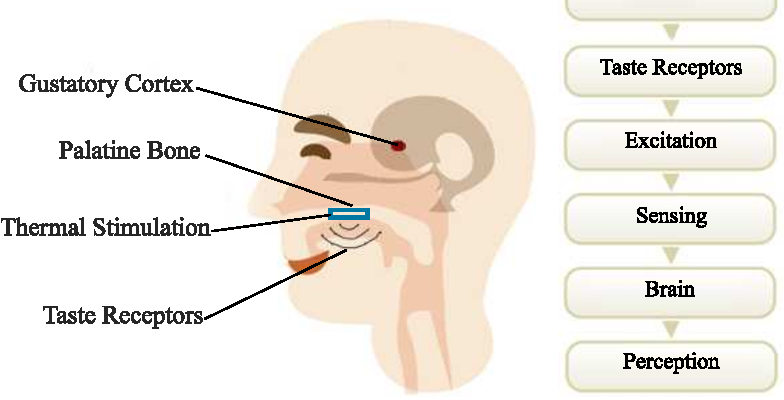Focal sensory system capabilities

The focal sensory system comprises the mind and spinal line. Some portion of the, generally speaking, the sensory system likewise incorporates a perplexing organization of neurons, known as the fringe sensory system. The sensory system is answerable for sending, getting, and deciphering data from all pieces of the body. The sensory system screens and arranges inward organ capability and answers changes in the outer climate.
Visit here to know more.
The focal sensory system (CNS) fills in as the handling focus of the sensory system. It gets and sends data from the fringe sensory system. The mind processes and deciphers tangible data sent from the spinal rope. Both the cerebrum and spinal rope are safeguarded by a three-layer covering of connective tissue called the meninges.
The organization of associated holes in the cerebrum (cerebral ventricles) is ceaseless along the focal trench of the spinal rope. The ventricles are loaded up with cerebrospinal liquid, which is shaped by an extraordinary epithelium situated inside the ventricles called the choroid plexus. The cerebrospinal liquid encompasses, pads, and shields the mind and spinal line from injury. It additionally supports the development of supplements for the mind.
Neurons
close up of a neuron
Neurons are the fundamental unit of the sensory system. All cells of the sensory system contain neurons. Neurons have nerve processes that are “finger-like” projections that reach out from the nerve cell body. Anxious cycles have axons and dendrites that can lead and send signals.
Axons as a rule divert signals from the body of the phone. They are long brain processes that can branch to impart signs to various locales. Dendrites normally convey signals toward the phone body. They are typically more various, more limited, and more extended than axons.
The axons and dendrites bound together are called nerves. These nerves convey messages between the mind, spinal line, and different pieces of the body through nerve motivations.
Neurons are named engine, tangible, or interneurons. Engine neurons convey data from the focal sensory system to organs, organs, and muscles. Tactile neurons send data from inside organs or outer improvements to the focal sensory system. Interneurons transfer signals among the engine and tangible neurons.
Visit Here to know more about What Is A Shallot
Cerebrum
The cerebrum controls the focus of the body. It has a creased appearance because of lumps and dejections known as gyri and sulci. One of these depressions, the average longitudinal gap, isolates the cerebrum on the left and right sides of the equator. Covering the cerebrum is a defensive layer of connective tissue known as the meninges.
There are three primary divisions of the mind:
forebrain
midbrain
front mind
The forebrain is liable for various capabilities, including getting and handling tactile data, thinking, grasping, endlessly figuring out language, and controlling engine capability. The forebrain contains structures, for example, the thalamus and nerve center, that is answerable for capabilities like engine control, transferring tangible data, and controlling autonomic capabilities. It additionally contains the biggest piece of the mind, the frontal cortex.
The majority of the genuine data handling in the cerebrum happens in the cerebral cortex. The cerebral cortex is the slight layer of dark matter that covers the cerebrum. It is found just beneath the meninges and is partitioned into four cortex curves:
cerebrums
parietal curve
occipital curve
fleeting curve
These curves are liable for various capabilities in the body that incorporate everything from tangible discernment to navigation and critical thinking.
Underneath the cortex is the cerebrum’s white matter, comprised of nerve cell axons that reach out from the neuron cell groups of the dark matter. The white matter nerve fiber plot associates the frontal cortex to different districts of the cerebrum and spinal line.
The midbrain is the piece of the brainstem that interfaces the hindbrain and forebrain. This region of the cerebrum is engaged with hear-able and visual reactions as well as engine capability.
The hindbrain stretches out from the spinal rope and contains designs like the pons and cerebellum. These regions help with keeping up with endlessly balancing, coordination of developments, and treatment of tangible data. The hindbrain likewise contains the medulla oblongata which is answerable for controlling autonomic capabilities, for example, breathing, pulse, and processing.
Spinal section
Computerized outline of a cross-segment of the spinal line.
The spinal string is a round and hollow molded heap of nerve strands joined to the mind. The spinal string runs down the focal point of the defensive spinal section that stretches out from the neck to the lower back.
Spinal nerves communicate data to and from body parts and outside stimuli to the mind and send data from the cerebrum to different regions of the body. The nerves of the spinal string are assembled into heaps of nerve strands that move in two pathways. Rising nerve plots convey tactile data from the body to the cerebrum. Sliding nerve plots send data about engine capability from the mind to the remainder of the body.
Like the mind, the spinal rope is covered by the meninges and contains both dark matter and white matter. The inside of the spinal line comprises neurons held inside an H-formed district of the spinal string. This district is made out of dim matter. The dim matter locale is encircled by white matter containing axons protected with a unique covering called myelin.
Myelin capabilities as an electrical cover that assists axons with directing nerve motivations all the more proficiently. Axons of the spinal line divert signals both from and toward the mind along plunging and rising parcels.














